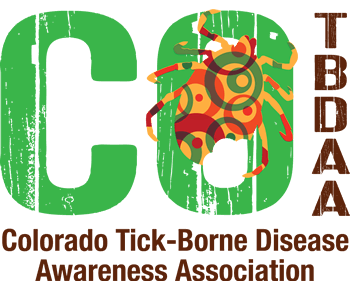
Treatment Guidelines
Treatment Guidelines
For some tick-borne diseases and conditions, treatment guidelines are well established for successful outcome. For others, recommended treatment guidelines are varied, disputed, or even non-existent.
For information regarding individual disease treatment recommendations visit tick-borne diseases.
Two Standards of Care for Lyme Disease:
Two standards of care in regard to Lyme and other other tick-borne diseases has resulted in difficulty for both providers and patients to navigate diagnosis and treatment. This divide has resulted in a lawsuit filed in 2017 on behalf of Lyme disease patients who say they have been denied care and harmed under existing insurance and medical protocols.
- ILADS (International Lyme and Associated Diseases Society) Guidelines 2014
- IDSA (Infectious Diseases Society of America) Guidelines 2020
The main difference between the guidelines of the IDSA and those of ILADS is that in the face of scientific uncertainty, the ILADS guidelines defer to clinical judgment and patient preferences while those of the IDSA make very strong recommendations against treatment and severely restrict the use of clinical judgment. Very little has changed between the IDSA’s 2006 and 2020 guidelines.
CEO of Lymedisease.org, Lorraine Johnson discusses key differences between IDSA and ILADS guidelines here.
The Problem With Single Dose Doxycycline For Tick Bites
Many people wonder what to do when they are bitten by a tick. Some may call their doctor and get a prescription for up to 200mg of doxycycline, the antibiotic used to treat Lyme disease. This protocol was reinforced by a recent article in the Journal of Emergency Medicine recommending it as a prophylactic for people bitten by a black-legged tick in areas where the rate of ticks infected with Lyme bacteria is greater than 20%.
However, several problems exist that suggest this single dose of doxycycline may not serve as an effective prophylactic for Lyme disease.
The IDSA guidelines recommend the single dose doxycycline as a prophylactic for Lyme disease.
The ILADS preferred prophylactic treatment for a person in an endemic area who discovers a feeding blacklegged (deer) tick is “100–200 mg of doxycycline, twice daily for 20 days” and they note “Other treatment options may be appropriate on an individualized basis.” (ILADS acknowledges this recommendation is based on “very low-quality evidence” and suggests that some patients may require higher doses of antibiotics, or individualized treatments.)
Shared Decision Making
Everyone bitten by a tick should consider all the information available about preventing tick-borne diseases, as well as their own personal risk factors, and discuss their options with informed health-care providers as tick-borne diseases can be more effectively treated if diagnosed early.
Medical care providers and patients have a right to know that there are differing professional opinions in regard to the treatment of Lyme and other tick-borne diseases and conditions. This awareness is critical for the shared decision making process regarding diagnosis and treatment; and is critical for advocating for quality of life and health for yourself, your family or your patients.







